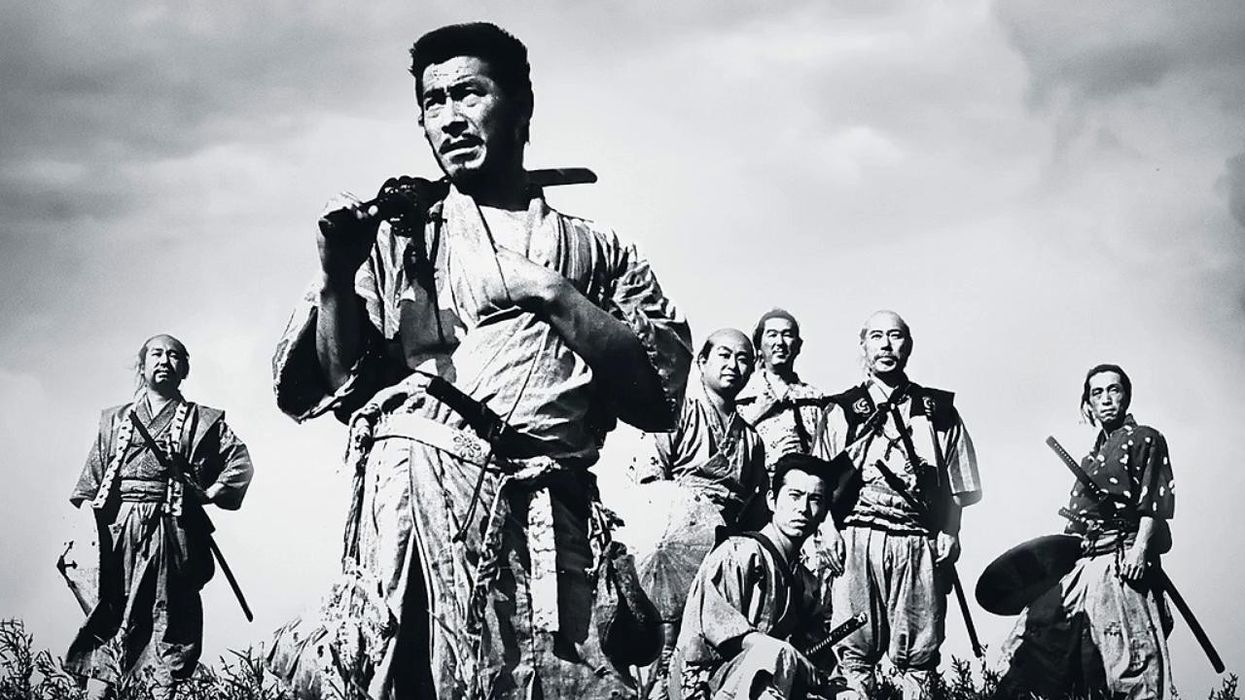Watch: This is Why Akira Kurosawa Was a Master of the Action Film
If you want to know what's missing in modern action films, all you have to do is watch Akira Kurosawa's Seven Samurai.

Today's action films have become a massive cog in the blockbuster-money-making machine. They can be entertaining, fun, grand spectacles of imagery, but many of them, particularly those in the superhero subgenre, leave much to be desired in terms of an emotional connection to both the story and key characters. Perhaps this is why films like Akira Kurosawa's Seven Samurai have stood the test of time, offering audiences, even today, something that modern action films simply don't.
Lewis Bond of Channel Criswell digs deep into the story structure, cinematography, and editing of Seven Samurai, revealing how the Tokyo-born director managed to combine action and emotion to add depth and meaning to his 1956 masterpiece.
According to Bond, the defining factor that makes Seven Samurai such a champion of action cinema is the way Kurosawa deals with space and situation—you always know where you are and what's going on. The film is very measured with its editing and cinematography. As opposed to the cinematic approach to today's action films, unofficially branded as "chaos cinema", Kurosawa takes his time to design his scenes, being sure to give the audience enough time and information to orient themselves. He doesn't cut away to increase the energy, or organize complicated set pieces to transform action into spectacle. Instead, everything he does is motivated by emotion. Bond says:
The key of its influence lies in a refined understanding of space and situation. How do you employ emotion into action. Show that there is a reality to the violence your characters commit. Make the audience aware of the space around the characters and clarify their objectives within that space. And finally, film it all in a way that makes things visually exciting but not overly cluttered.
If you're interested in shooting an action film, there's nothing wrong with shooting them like Michael Bay, Jon Favreau, or the Russos. But just know that there is another way to do it. There is an alternative to nonstop action and complete destruction. There's emotion, and that tends to last much longer than spectacle.
Source: Channel Criswell












